Beat the School Bellwork Challenge for ACT Test Prep
Back in January, the math department and half the science department at my school attended a workshop hosted by the Oklahoma State Regents for Higher Education. Every fall, our eighth graders and sophomores take the EXPLORE and PLAN tests which measure their readiness for college and the ACT. The purpose of this workshop was to teach us how to use the wealth of data provided to us in the form of score reports.

The speakers were amazing, and I really left the workshop feeling motivated and inspired to make some changes in my classroom. I took some notes during the workshop, and I really need to track them down and type them up to share. As a result of this workshop, the other math teacher began doing bellwork with his students. I had already been doing bellwork since the beginning of the year, but this workshop inspired me to change my approach to bellwork.
Here’s how I did bellwork second semester. When my students entered the classroom, there was a multiple choice question on the SMART Board that was taken from released EOI questions. I wanted my students to be very familiar with the way things were going to be presented and worded on the high-stakes test they would take at the end of the year. My students knew that they needed to get a dry erase board, marker, and eraser as soon as they entered my classroom.
Students would start solving the problem (usually) as soon as they got to their seat. As I stood in the doorway, I would often overhear students discussing the problem amongst themselves. When students decided on an answer, they would write down their answer and show it to me. Depending on the question, I would either tell students yes or no or I would acknowledge that they had finished the problem and ask them to wait until everyone else had finished.
As soon as the bell rang, we would go over the bellwork question. Next, we would move into a routine I called “Beat the School.” On the SMART board, I would project a question that was taken directly from that year’s PLAN test. I would give students exactly 60 seconds to solve the problem. When students take the ACT, they will be given 60 seconds per problem, so I want them to start getting used to working under a time constraint. This is something new to my students because their end of instruction exams are always untimed.
If students were not finished at the end of the minute, they still had to choose an answer. I reminded them that they should never leave a question blank on a test if there is no penalty for guessing. When time was called, each student held up their answer on their dry erase board. With a quick raise of hands, we tallied how many students chose each answer choice. Usually, students would begin giving input on how they believed that the problem should be solved. When students were stumped where to start, I often directed their attention to my problem solving strategies bulletin board. We would work through the problem as a class, and I would finally reveal the correct answer.
Next, I would ask my students to calculate what percent of our class answered the question correctly. Finally, I would ask them to predict how they thought the students in our school did on this exact problem. With great fanfare, I would reveal what percentage of their fellow students answered this question correctly. This led to some great conversations. They often wanted to know what answer choice most students chose. We would then analyze why a student might pick that answer choice. If the class’ percentage met or exceeded the school average, the students were allowed to color in one square on the board. If the class’ percentage fell below the school average, no square was colored in. I was truly surprised by what a great motivation coloring in a square could be to my students!
Here is our Beat the School board about half the way through the semester.
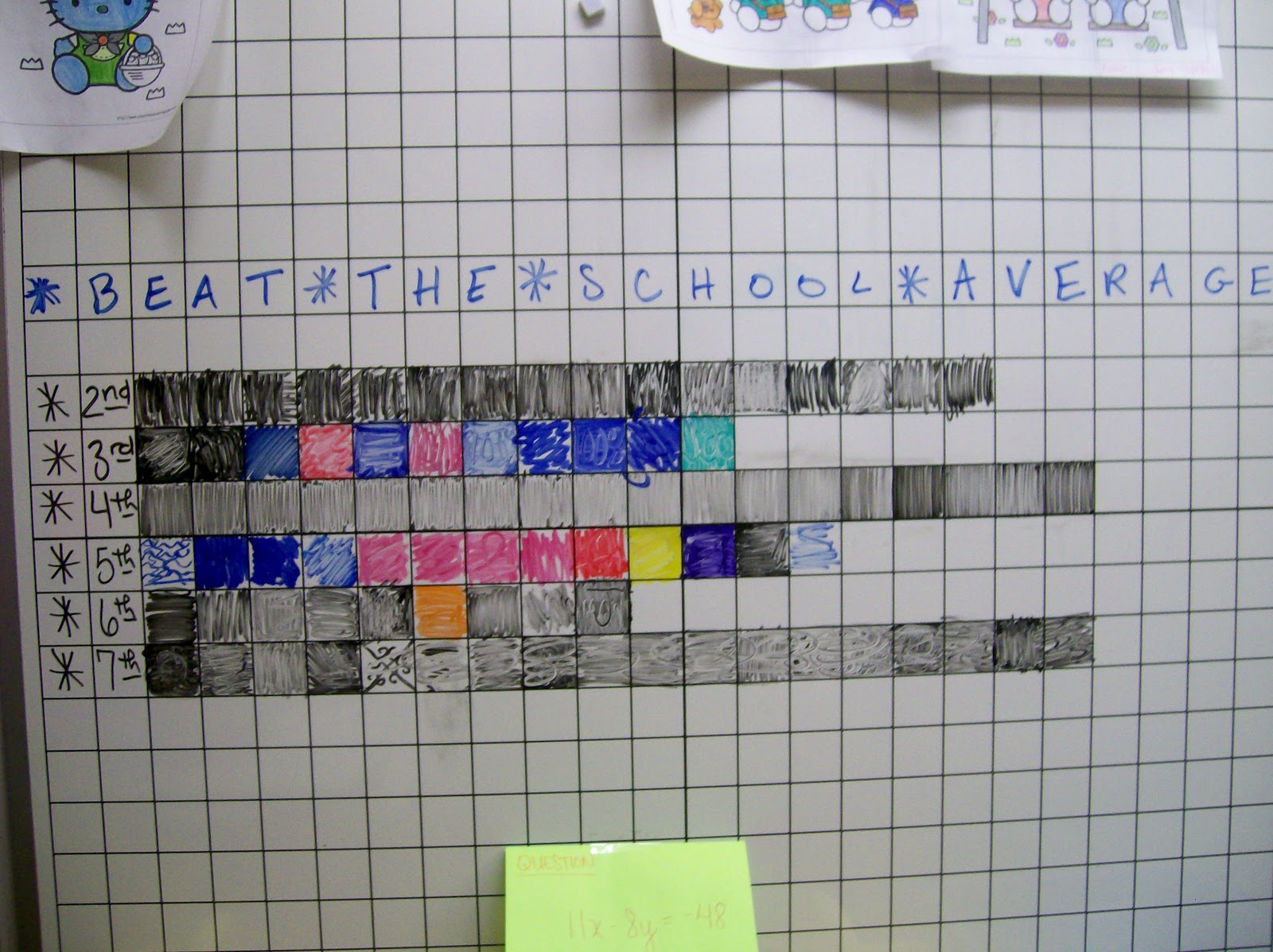
Eventually, I ran out of questions. I had plans to dig up some older questions, but I never got around to it. For a few weeks after this, I would have at least one student a day ask if we were finally going to get to do a new beat the school problem. Students asking to do math problems? Let’s just say I was one happy teacher.
This routine was good for me as a teacher because it reminded me on a daily basis that there is more to teaching math than teaching what will be tested at the end of the year. My Algebra 1 students got to apply their problem solving skills to questions that one would not normally see until Geometry. I think this activity stretched both me and my students.
I did have a problem with students trying to sabotage the boxes of other classes towards the end. In the future, I think I will keep a chart detailing each class’ points in a safe place where it can not be tampered with.

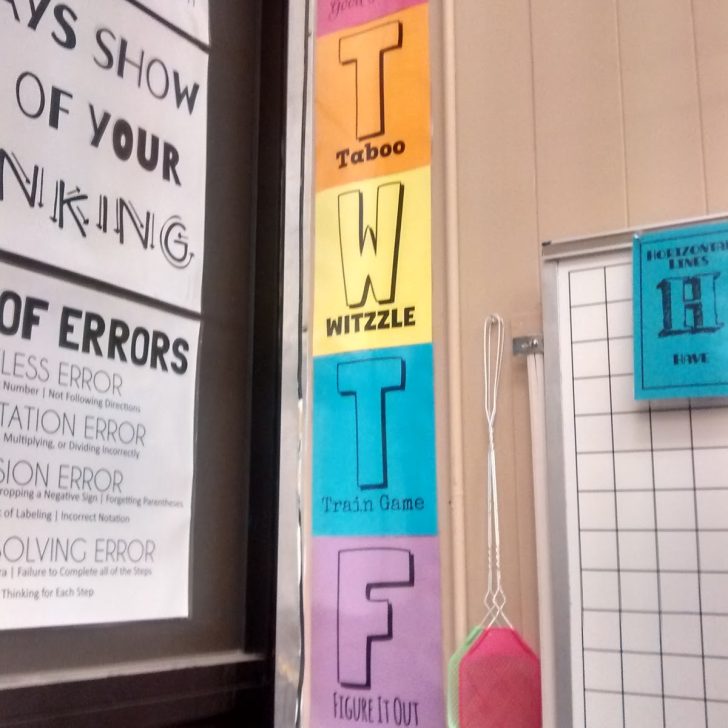


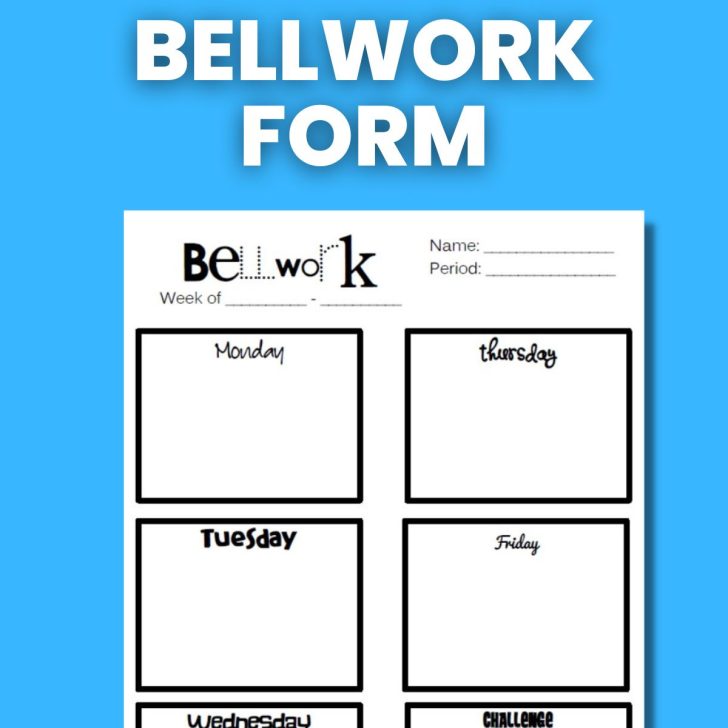
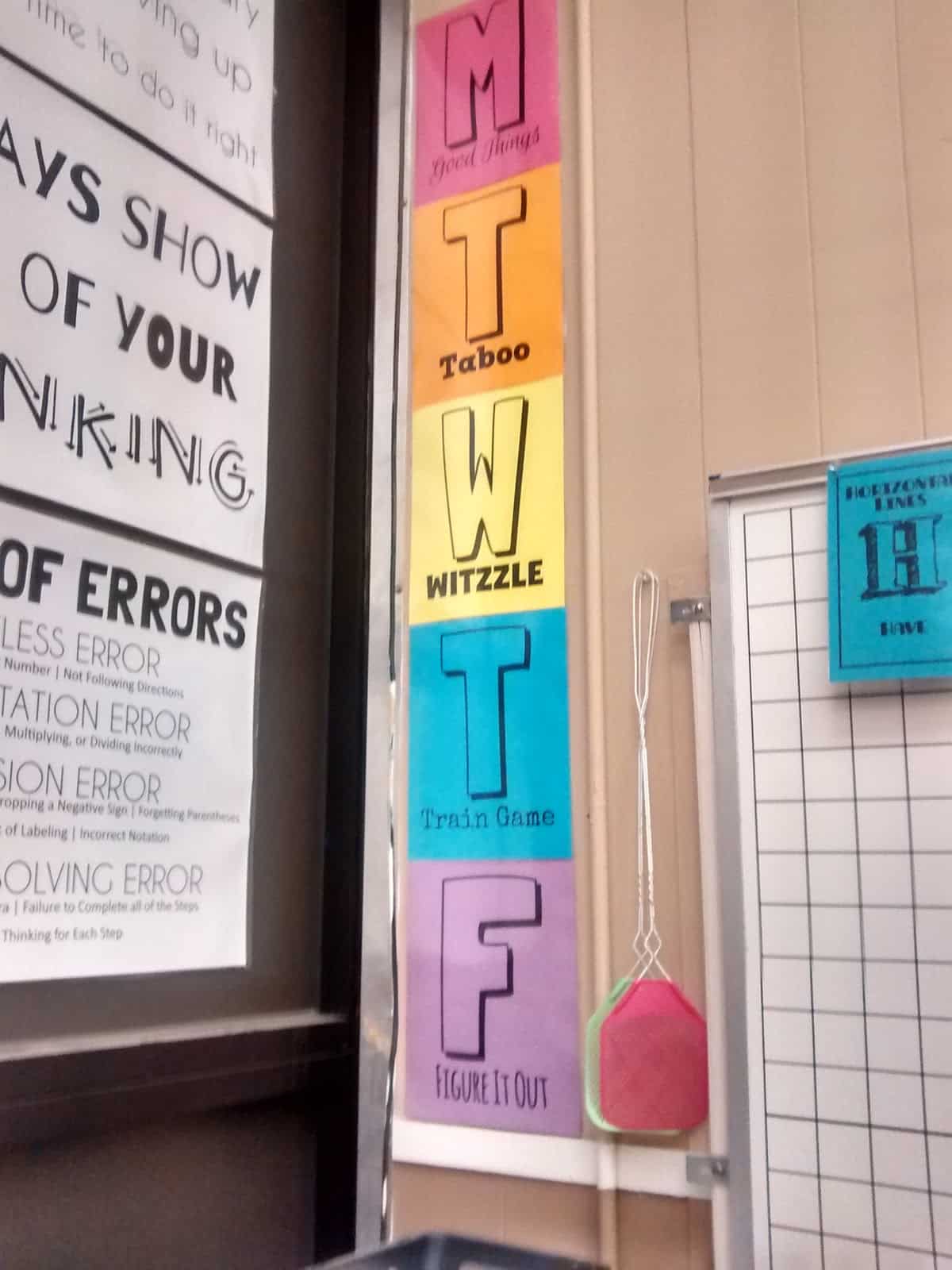
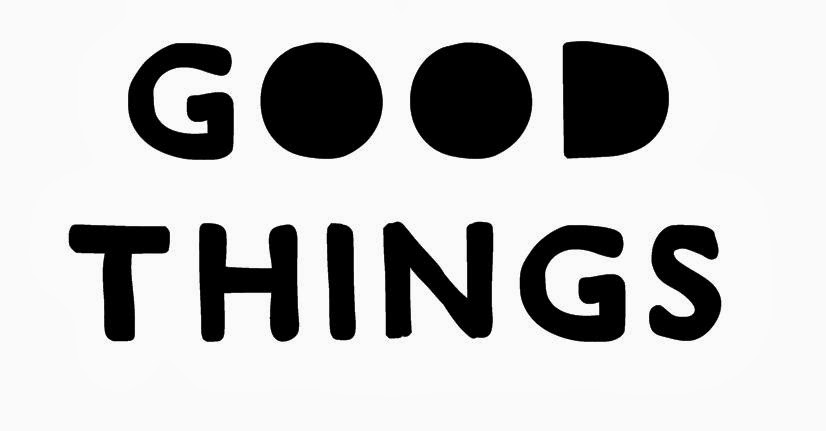
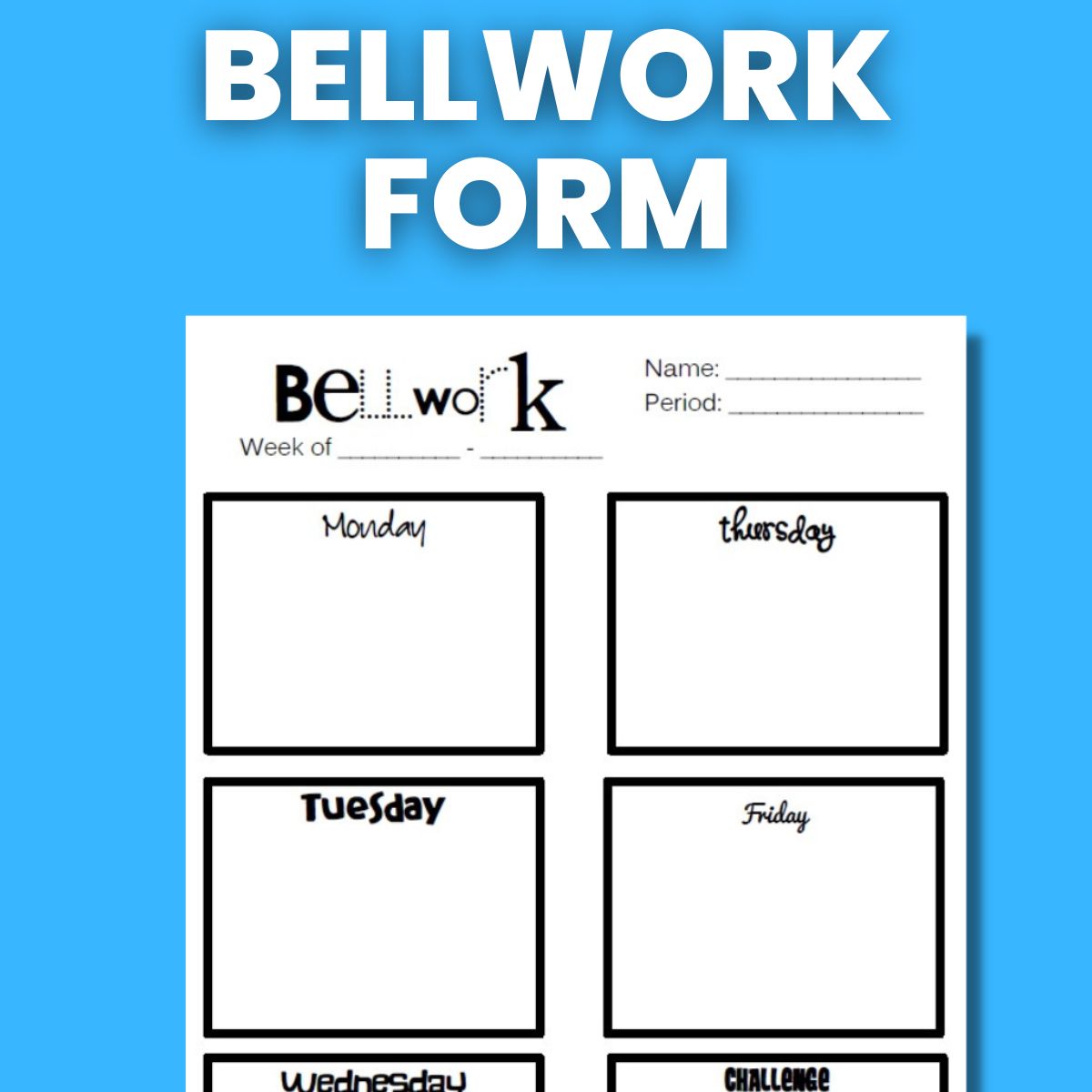
This would be great to use plickers with!
Brilliant idea!